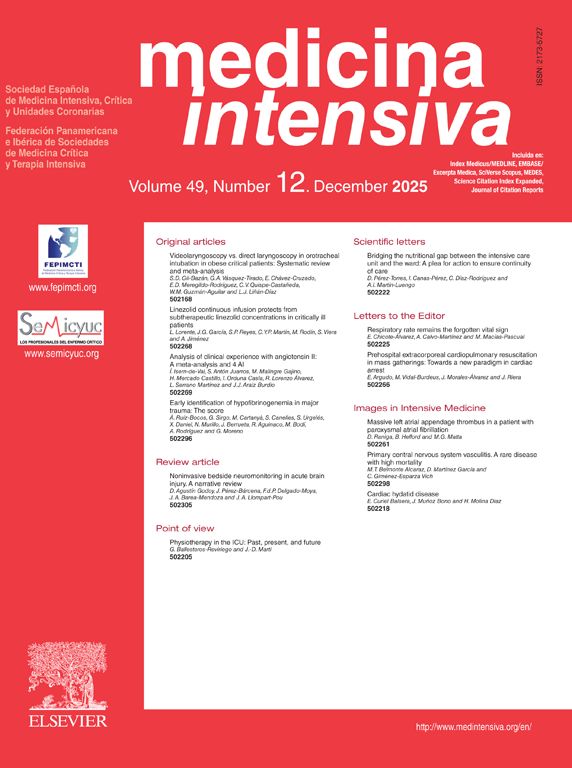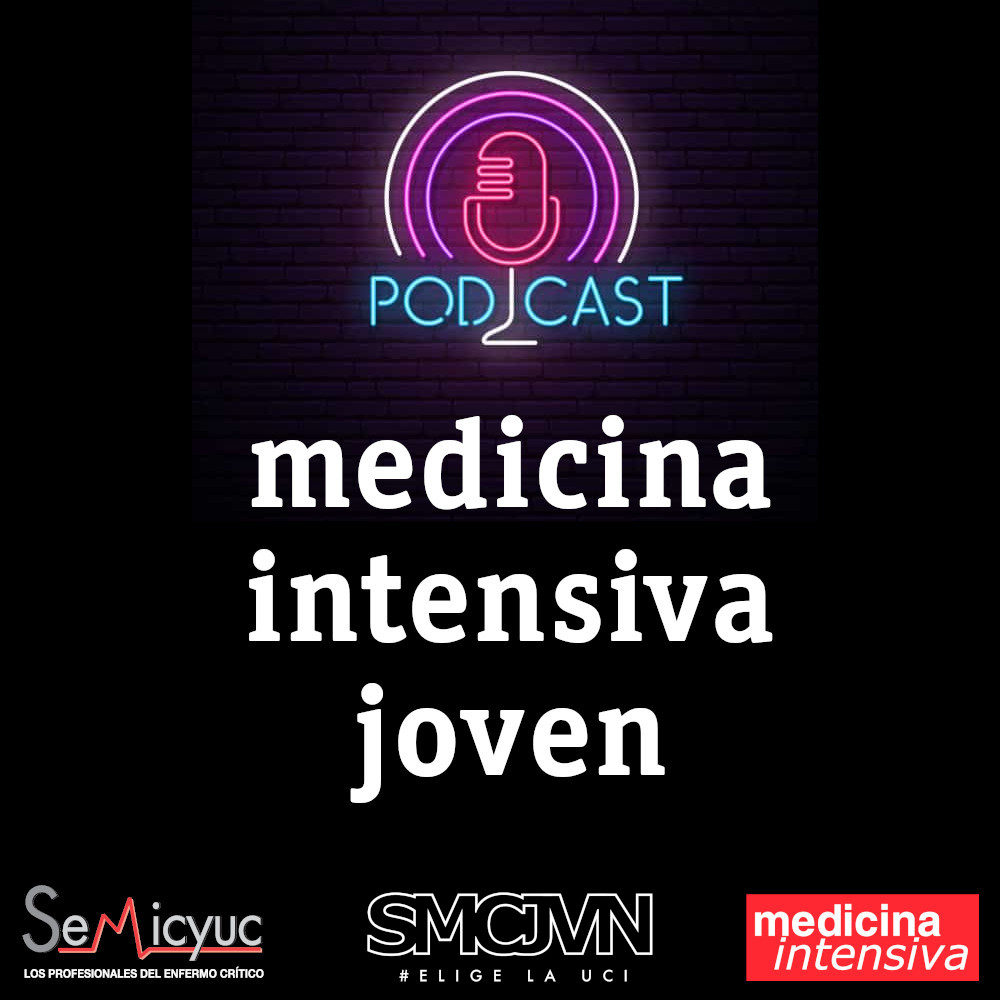Recently, several cases requiring the restriction or suppression of intravenous lipid emulsion (ILE) in parenteral nutrition (PN) have been presented in the ICU of our hospital.
Fat-restrictive strategies in PN should be applied in episodes of severe hypertriglyceridemia, commonly related to critical illness, or allergy to components of ILE. In this context, the solution applied to this clinical problem exposes the patient to a new potential risk of developing an essential fatty acid deficiency (EFAD), difficult to manage.
Linoleic acid (LA) (18:2ω-6) and α-linolenic acid (ALA) (18:3ω-3) are the essential fatty acids (EFAs) for humans and must be obtained from dietary intake.1 EFAD can lead to various physiological consequences, such as the disturbances in biomembrane structures, cell signaling mechanisms, transduction/transcription procedures, susceptibility to oxidative stress, proinflammatory (n-6-derived eicosanoids), and anti-inflammatory (n-3-derived eicosanoids) processes.1 Its clinical signs are diverse and mainly include skin and hair alterations, diminished immune system status, hematological alterations, and/or hepatic steatosis.1
EFAD is rarely described in the presence of a balanced diet because only 2–4% and 0.25% of total energy should come from LA and ALA, respectively.1 However, this clinical entity was reported in 30%, 66%, 83%, and 100% of patients with fat-free PN after 1, 2, 3, and 4 weeks, respectively.2 These data may be relevant, especially in those allergies directly related to soybean or indirectly (cross allergies), such as peanuts, when lipid administration is precluded in PN due to the lack of availability of soybean-free ILEs. A possible alternative could be the use of an ILE based solely on fish oil, as this emulsion has not shown any evidence of EFAD when used as the sole fat source in home PN.3 However, it is not commercialized in Spain, so a request for its importation and for each case must be made to the Spanish Medicines Agency and wait for its approval.
Additional solutions are not good alternatives, either. Switching to enteral nutrition when possible is not feasible in cases of soybean or peanut allergy since all enteral diets marketed include soy lecithin. The topical administration of oils as a source of EFAs has no solid evidence in adult patients as it seems only to act at skin level.4
To provide an early diagnosis and as a monitoring tool of EFAD, we propose to rescue the almost forgotten triene/tetraene ratio (T:T-ratio) (eicosatrienoic acid/arachidonic acid), a biochemical marker of both.5 Serum mead acid (20:3 n-9) to arachidonic acid (20:4 n-6) ratios greater than 0.2 suggest EFAD,5 indicating increased metabolism of oleic acid to mead acid due to inadequate LA and ALA intake.
Biochemical evidence of EFAD with T:T-ratio usually can be detected two weeks before the clinical signs and symptoms appear.5 However, EFAD in obese individuals develops over a longer term due to fat mobilization from adipose tissue.1
Given the complex management of EFAD and the current limited therapeutic arsenal available, we recommend closely monitoring this clinical entity in patients requiring lipid-restricted PN and establishing the T:T-ratio in hospital biochemical panels for early detection in high-risk situations.




